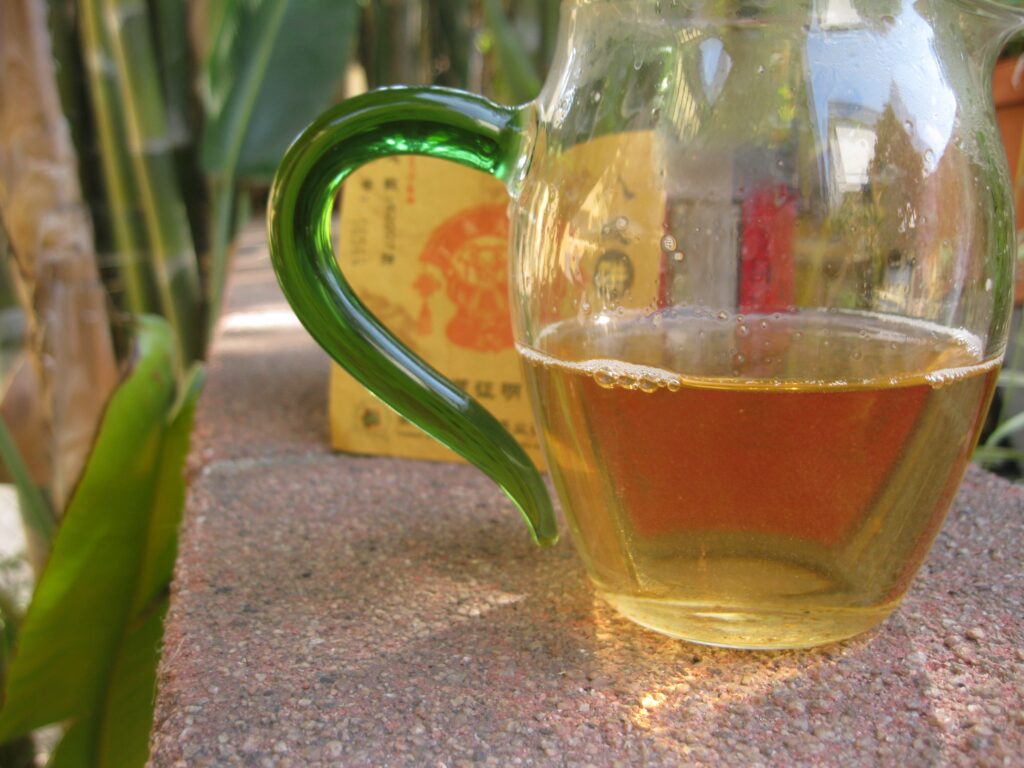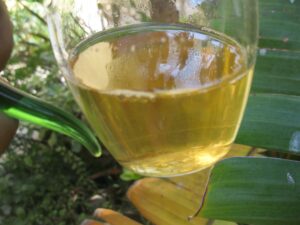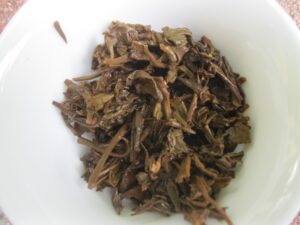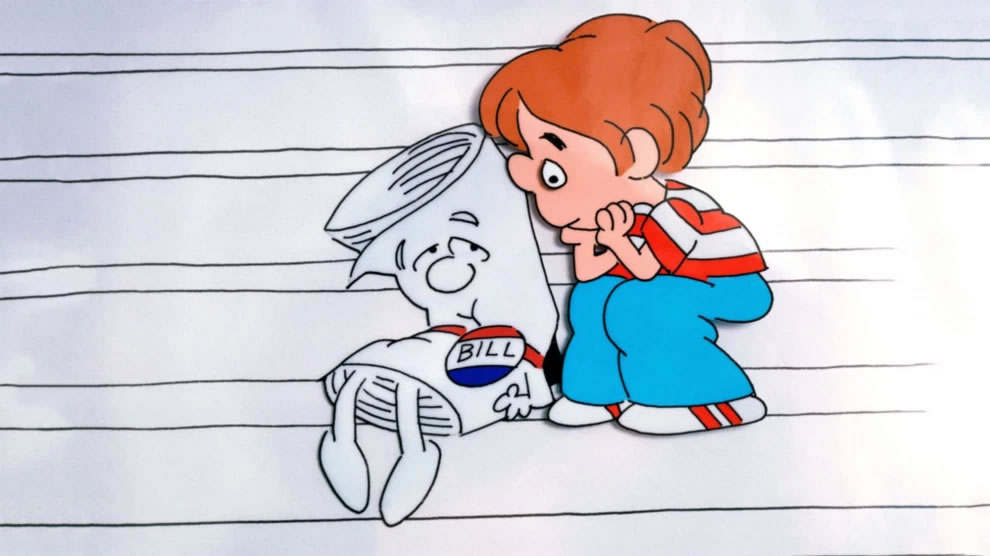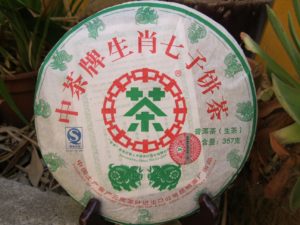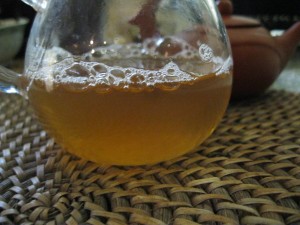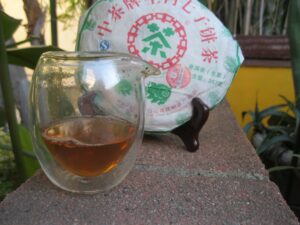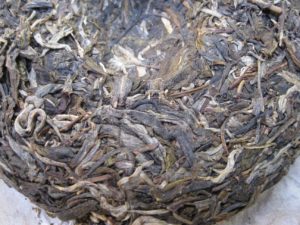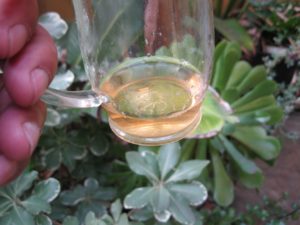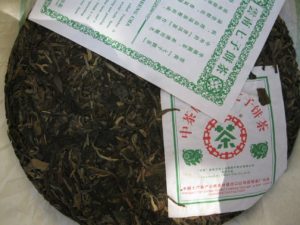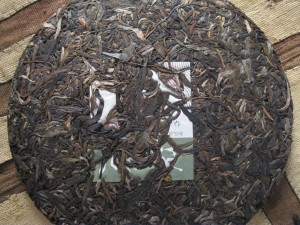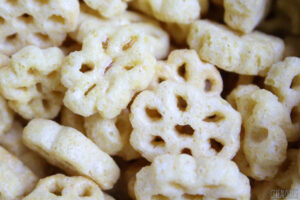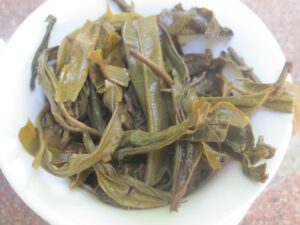Found: Tinned Pig
Found: Tinned Pig casts a glimmer of light upon the travails of the Puerh Junky, a foundering soul amidst a sea of puerh containers, wrappers, boxes, struts and frets. As we zoom in, the camera has a retro filter. We see the Puerh Junky in the cave on the Sunday before Labour Day 2022. Hair amiss and sweat pouring from his brow and neck, he’s looking for his Gedeng dragon pearls.
Some moody Philip Glass music, monotonous and foreboding, sounds in the background. A rudderless skiff at night fades in and out between shots of PJ searching. A thought as to the whereabouts of the missing Pig pops to his mind. The narrator vanishes and we see him in an interview with a reporter from the world-famous Puerh Storage News. . .
Piggy Went Home
I’m estimating that ’07 Pig sat in its secret location in the cave since May ’22, as that’s around the last time I appear to have last written about it. At the time, I recall a measure of consternation because it was starting to taste metallic. Immediately lay to rest the idea that the Puerh Junky listens to this type of music. (note: even in interviews he has this bad habit of referring to himself in third person) It’s just a serendipitous funny occasioned by the word, and Mariano Rivera’s walk-up tune. Fact is, I wouldn’t even it know the tune but for Rivera.
For four months it had sat cooking with the lid. Immediately, I removed the lid and placed in the raw side of the fridge. It sat there for two days and was sampled on the third. The results? Forget you Philip Glass!
This is the sweetest and thickest the Pig has been, but what jumps out immediately is the pallor. This is consistently the colour the brew throughout. Where is the aged colour? I mentioned something about this conundrum when looking at leaves. May have even gone into the colour deception.
I’ve had the Pig since ’15. In another post, I discussed the pleasing changes of the Zhongcha Pig, acquired around the same time. Now, the 6FTM Pig cannot be said to not have transformed, because it has. All of the edginess, the piercing attributes of a young tippy production have vanished. There is notable drying astringency as well that takes hold for a spell before releasing the mouth watering. The floral has transformed to fruity and it resides in the mouth for a pleasant duration.
Everything about the taste matches its colour but the age. I would easily guess that this is a puerh at least ten years younger, except that it doesn’t infuse to a layer where the sweetness dissipates. I would also identify it as a Lincang, but from the Bingdao side not Fengqing.
Anyway, as far as the ongoing tinning experiment, it appears when the tin is outside the fridge that the lid does not affect the taste. Inside the fridge, the tin starts to bleed into the taste. Again, this goes back to the matter of air flow. The Pig is now happily resting in the fridge without its lid. Pig isn’t for sale, but a sample of the quite similar Fohai is avail in Sampler U, along with samples of the Lunar Ox and Monkey.

